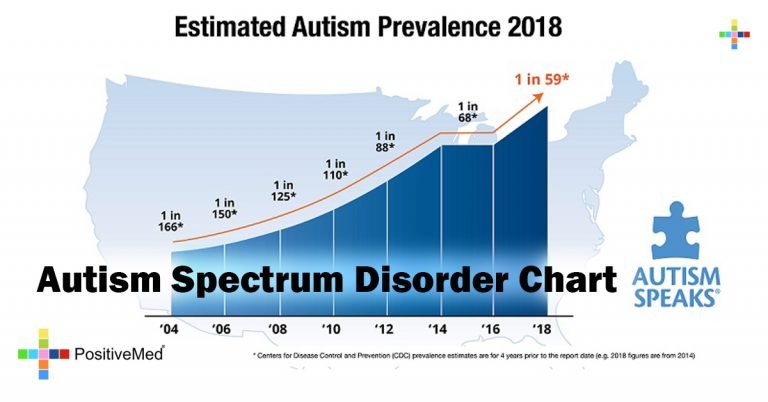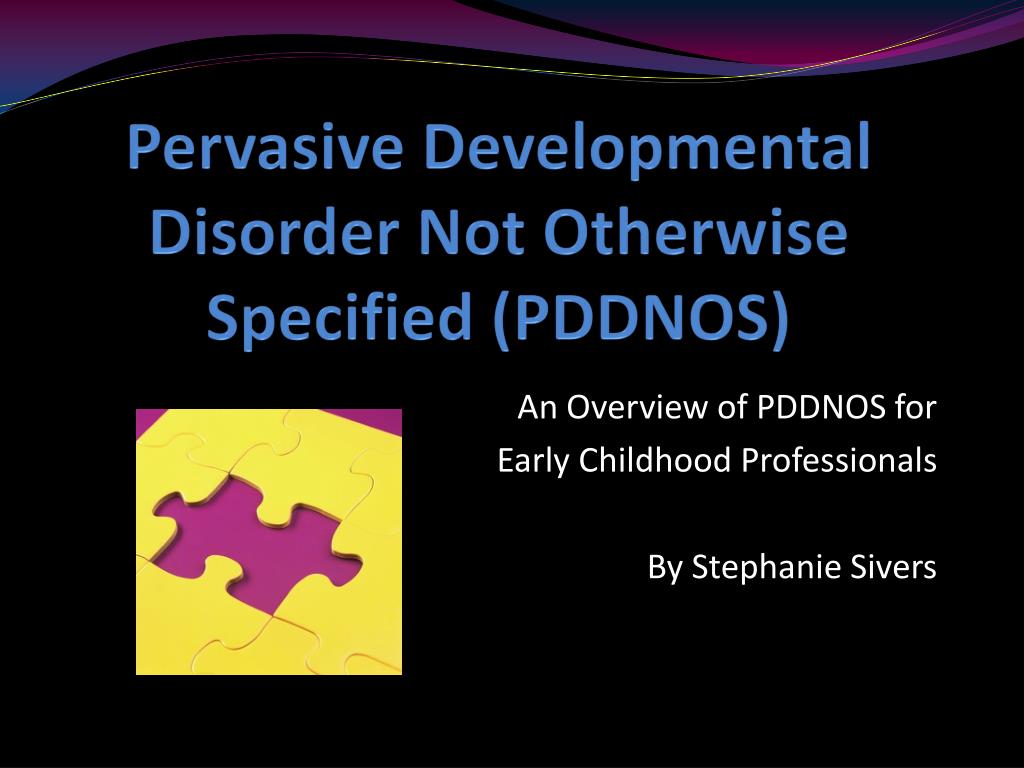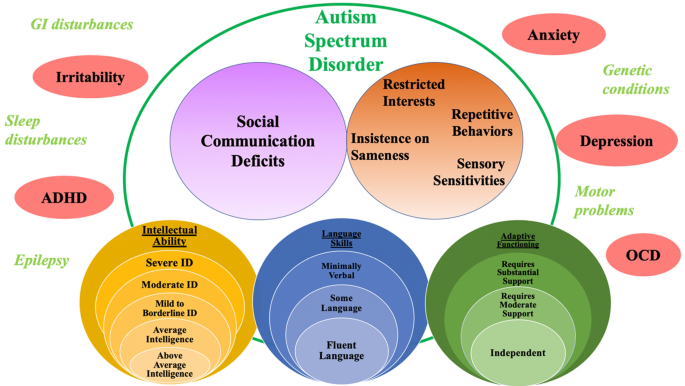

The latter is a term for atypical autism, that is, either milder symptoms or characteristics in only one or two of the three areas necessary for a diagnosis.
#Define pervasive developmental disorder manual
In the Diagnostic and Statistical Manual of Mental Disorders IV-TR (DSM-IV-TR), pervasive developmental disorder is the umbrella term covering autistic disorder, Asperger’s disorder, and pervasive developmental disorder NOS (not otherwise specified).

The definition of autism has evolved over the years and was broadened with the introduction in the 1980s of the terms pervasive developmental disorder and Asperger syndrome. She met criteria for Major Depressive Disorder with Psychotic Features (she heard voices telling herself to kill herself), Substance Dependence in Partial Remission and PTSD (she still had nightmares and flashbacks).Autism is a behavioral syndrome characterized by a triad of impaired social interaction, communication, and imaginative development, with repetitive stereotyped behaviors. Cold, hungry and alone, she came into our study after she tried to kill herself via an overdose. She finally got clean from substance use, but had no money and no job and lived in an abandoned building. Pamela lost her job and her contact with her kids for five years. When she sold the family car for a fix, her husband divorced her and took custody of their children. He was a substance user and soon Pamela found herself having an affair and engaged in heavy cocaine use. When she was in her mid 30s, she met someone who excited her. However, she never really loved her husband he was safe, but not someone she really felt attracted to. She got married at 20, and had three children. Unlike Helen, though, for a portion of her life Pamela had been able to achieve some stability. Like Helen, Pamela also had a sexual trauma history, having been molested by her father from ages 12 to 16 (he was a minister). Or consider Pamela, a 45 year old African American woman I also treated. Not only did she meet criteria for Major Depression, Poly Substance Dependence, and Borderline Personality Disorder, she also had such severe symptoms of dissociation that she met criteria for Dissociative Identity Disorder. When I encountered her, she lived under a bridge and performed fellatio on homeless men in return for heroin fixes. But her heroin addiction did not die with him, and she ended up dropping out of school and living on the streets. Ultimately, Helen was freed from this relationship when he was killed in an altercation. Her addiction and the fact that he sometimes showed a deeply caring side, meant that she would return to him repeatedly, only to be physically and sexually victimized.

He managed this by first hooking her into heroin prior to starting the abuse. When she was 10, she was befriended by a man who turned out to be a psychopath, and he proceeded to torture and abuse her for years. Helen was adopted and described her parents as neglectful and oblivious. Her medical file revealed she had over ten documented suicide attempts and she would tell me that she had seriously attempted suicide on thirty or more occasions. I saw Helen, a 28 year old Caucasian female, shortly after she overdosed on a mix of heroin, alcohol, and prescription medications she had obtained. I will describe two such cases to give you a flavor. If you have not worked folks who are severely impaired who live in severely limited and harsh environments, it might be hard to imagine the kinds of difficulties that these individuals encounter.


 0 kommentar(er)
0 kommentar(er)
